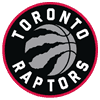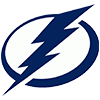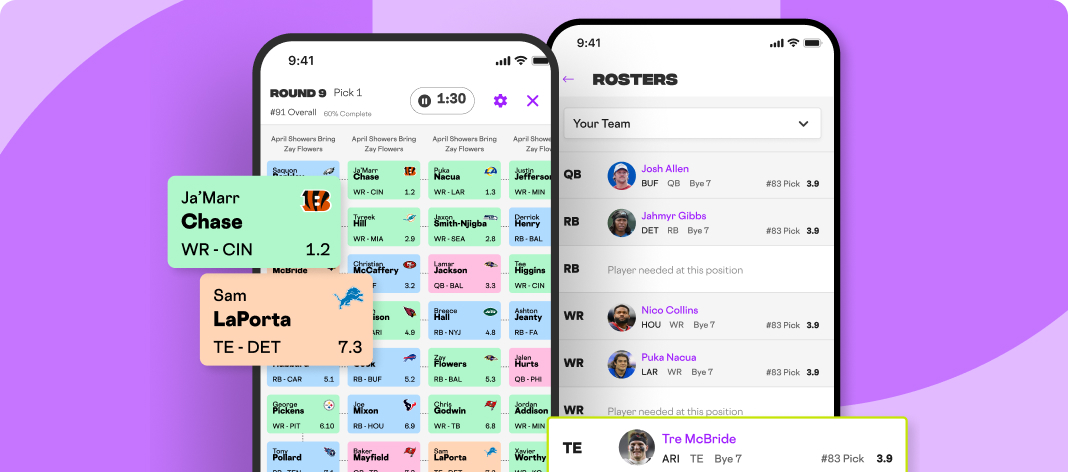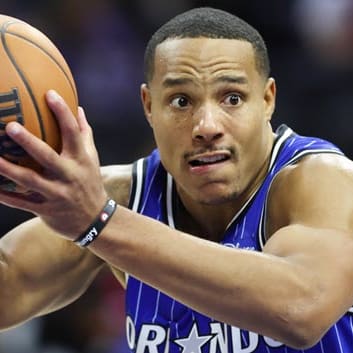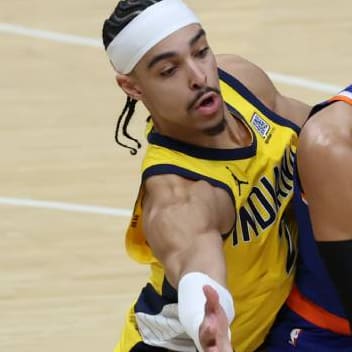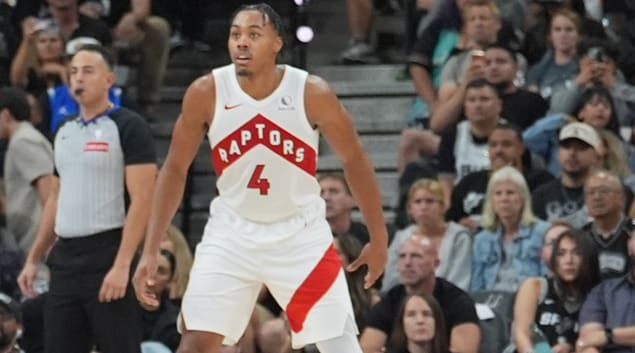Part of a successful NBA fantasy draft is balancing your roster with depth at each position. Whether you're in a head-to-head league or a rotisserie league, you'll want to consider all categories that positions are known for to round out your team. Most league settings require owners to draft players at every position, so knowing how many players to draft at each spot is crucial to building a competitive roster.
Your NBA fantasy draft cheat sheet should include players from all positions. Keep in mind that your approach to starters versus bench players will differ and timing is everything when targeting specific types of players.
Drafting both a starter and a backup helps protect your roster from injuries that might land players on the NBA injury report. Here's what to know as you get ready to draft your team.
Understanding Roster Requirements in NBA Fantasy Drafts
Before diving into your fantasy basketball rankings, you'll need to study your league settings. These can vary widely:
- Some leagues require multiple centers.
- Others have flexible guard/forward combo spots.
- Bench size also varies, changing how much risk you can take on upside plays.
Players can use RotoWire's draft kit and its draft software to enter their league settings and rankings will adjust accordingly.
Roster Requirement Examples
- If your league requires two starting centers, expect them to be drafted earlier.
- With six bench spots, you can gamble on high-upside players based on NBA projections.
- With no bench, safer high-floor players are the better choice.
Draft flow is also critical. Runs on certain positions (e.g., point guards) can force you to adjust, drafting earlier than NBA fantasy ADP suggests or bidding higher than projected fantasy basketball auction values might otherwise recommend.
How Many Guards to Draft: Point Guards vs Shooting Guards
Point guards and shooting guards now overlap in skillsets, with PGs scoring more and SGs assisting more. That flexibility benefits fantasy owners, but category scarcity still matters.
Why Draft Multiple Guards?
- Assists are tough to find on the waiver wire.
- Steals are unpredictable but essential for standings.
- Strategy Tip: Add late-round guards with reliable floors in assists and steals so you aren't left scrambling later.
How Many Forwards to Draft: Small Forwards vs Power Forwards
Small forwards and power forwards are versatile and are often interchangeable in fantasy formats. Even NBA starting lineups don't fully capture their value because of shifting roles.
- Small forwards: Often provide scoring and efficiency.
- Power forwards: Frequently rebound-heavy but can stretch the floor with 3-pointers.
- Strategy Tip: Decide early which stats you want to build around when selecting forwards.
Last season, for example, 6-foot-4 Anthony Davis had small forward eligibility while 6-foot-11 Anthony Davis was a power forward. Both could be used as a forward, so you'll really want to settle on which stats you want to build around at this position.
Drafting Centers: Building Strength in the Paint
Modern centers offer more versatility than in past decades, adding 3-pointers and assists to their traditional strengths of rebounding and efficiency.
- Pros: Centers are elite rebounders and offer high shooting percentages. Plus, rookies are often strong fantasy performers at this position. Yves Missi of New Orleans and Kel'el Ware of Miami are two examples from last season's class of rookie centers.
- Cons: Centers are injury-prone compared to guards/forwards.
- Strategy Tip: Draft at least one reliable starter early and secure a high-floor backup to hedge against injuries.
Bench Strategy: Balancing Positional Scarcity, Depth, Versatility and Upside
Your bench approach depends heavily on league format:
Weekly lineups
- Draft more upside players who can outplay their NBA fantasy ADP.
- Risk is manageable since you only lock in lineups weekly.
Daily lineups
- Prioritize steady contributors who can rotate in frequently.
- Focus on players with guaranteed minutes.
Stats to Target for Bench Depth
- Harder to find: Steals, assists, points.
- Easier to find: Rebounds, 3-pointers.
- Above all, let your fantasy basketball rankings guide your bench construction.
How Many Players to Draft at Each Position: Final Takeaway
How many players to draft at each position depends on:
- Your league's roster requirements.
- Draft flow and positional runs.
- Your risk tolerance for bench spots.
Stay ahead by preparing with the right tools from your fantasy basketball draft kit. For expert insights, subscribe to RotoWire to get updated rankings, customized draft kits, and insider tips to dominate your league.















